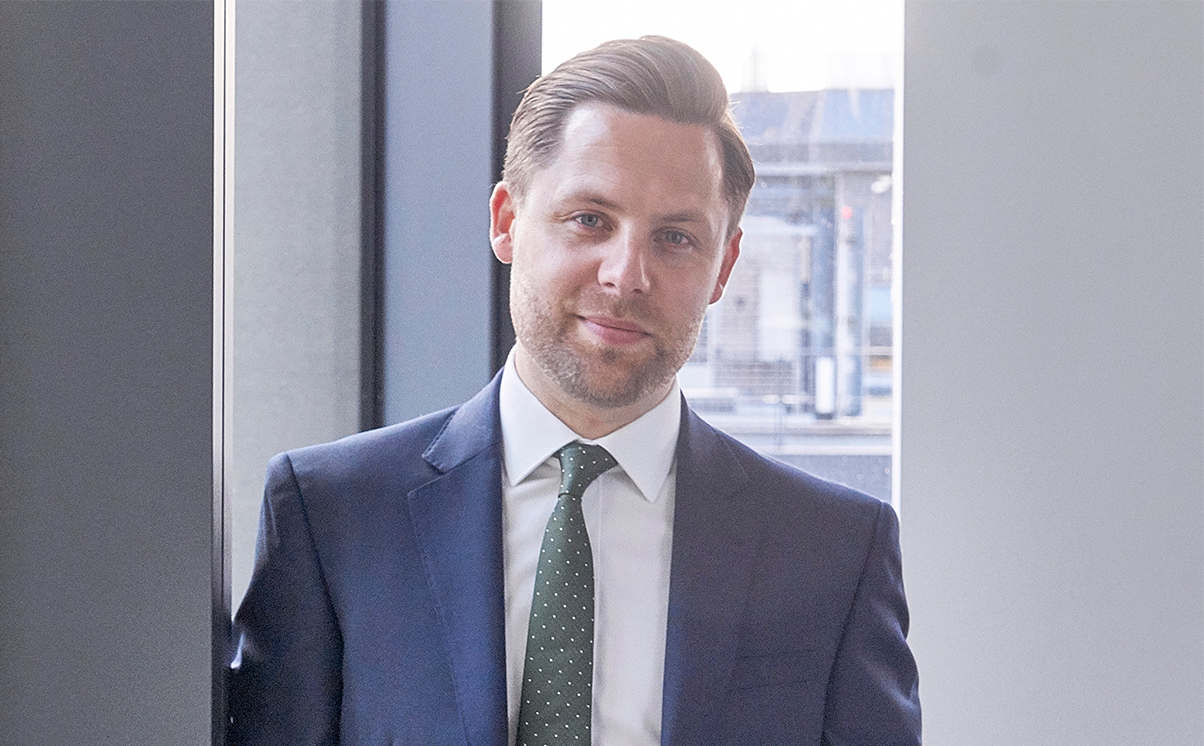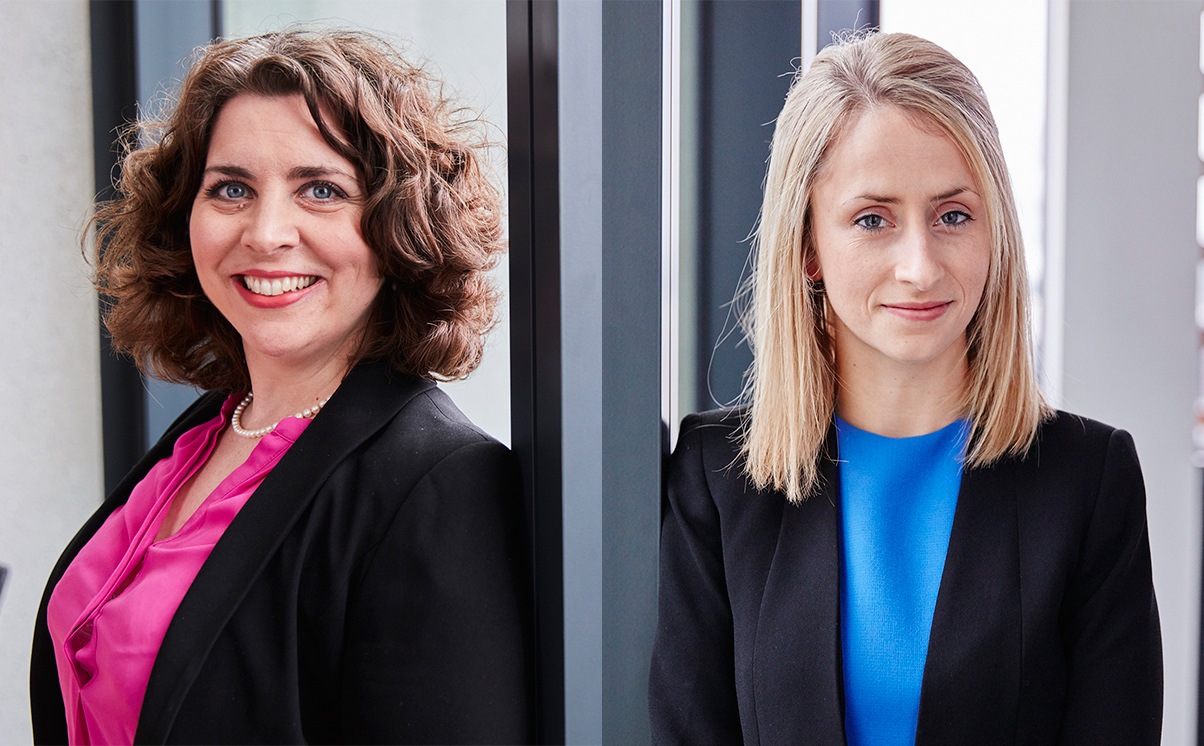That was the question posed to a panel of experts during one of the sessions at the Commercial Dispute Resolution (CDR) Autumn Arbitration Symposium that took place at the Sofitel in London on 15 October 2019. The session was chaired by Daniel Wilmot, a partner in the International Arbitration team at Stewarts, and involved panellists from a third party funder (Mark King, Harbour Litigation Funding), an international arbitration partner from a law firm (Damian Honey, HFW) and a barrister practising in international arbitration (Charles Raffin, Hardwicke Chambers).
Opening the session, Daniel explained that the 2018 Queen Mary International Arbitration survey had confirmed that awareness of third party funding among users of international arbitration was high, with some 97% of those surveyed answering in the positive. However, only 16% of surveyed respondents had used third party funding in practice. In Daniel’s view, it was time to shift the debate from understanding third party funding as a concept to tackling its use and challenges in practice. The session was therefore aimed at considering the use of third party funding from three different user perspectives so as to offer some practical insights and perhaps debunk some myths along the way.
Previously a private practice lawyer, Mark King outlined key important questions to ask a funder at the prospective stage, including from where it sources its funding and whether that funding is ring-fenced for each case. Mark also touched on issues of confidentiality and privilege. This proved an apt segue into Damian Honey’s comments on arbitrator disclosure of conflicts of interest in a third party funding context. Attention was drawn to the importance of the funding agreement, ensuring that it catered for a variety of case outcomes. The point was also made that practical experience highlighted that a good and bankable claim remained key to securing funding and that client expectations had to be managed accordingly.
Charles Raffin shared his multitude of perspectives with the floor, having worked earlier in his career as an international arbitration solicitor and spent time on secondment to a litigation funder. His suggestions covered ways that barristers can add value to the process of securing third party funding and working with a funder during the life of a funded case.
Reflecting on the session, Daniel commented:
“Third party funding is a well-trodden subject on the conference circuit and rightly so. However, the panel pulled together by CDR was an excellent opportunity to move the discussion forward and explore the practical realities of its day-to-day use by the arbitration community. Stewarts is well accustomed to creative ways of funding cases, including via third party funding. And so it was interesting to share and consider other user perspectives in the community. What is certainly clear is that the funding market remains very active.”
The symposium was opened by a keynote address from Paula Hodges QC, President of the London Court of International Arbitration. The day-long event covered current hot topic issues such as the ongoing effects of the Achmea decision, whether the Model Law was due reform, and the threats, trends and best practices in respect of cybersecurity in arbitration.
This article was written by our Senior Paralegal Anoushka Nehra
Main image by Fraser Allan, via cdr-news.com
Links to CDR articles;
CDR Arbitration Symposium highlights the tyranny of choice
CDR Arbitration Symposium: Reforming the arbitral landscape
You can find further information regarding our expertise, experience and team on our International Arbitration page.
If you require assistance from our team, please contact us or alternatively request a call back from one of our lawyers by submitting this form.
Subscribe – In order to receive our news straight to your inbox, subscribe here. Our newsletters are sent no more than once a month.






